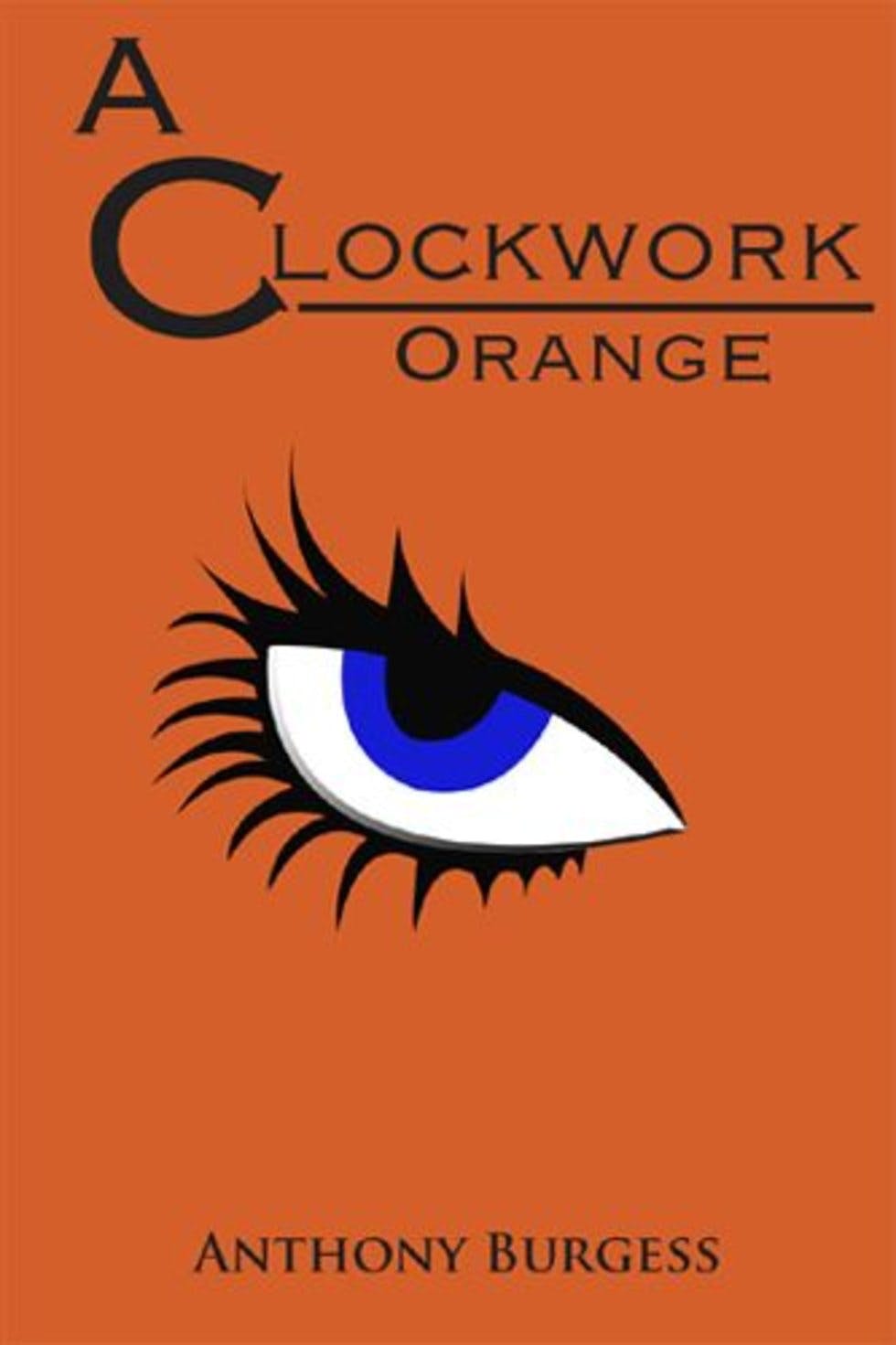
Short stories have a way of conveying a strong message in just a few words, they are difficult to write but when they are done correctly the result can be more powerful than a 1,000 page novel.
The creativity of short stories is often what makes them so powerful, a common exercise for writers is to receive a word or phrase and write a story around it.
This forces writers to be creative in their approach often bringing life to inanimate objects or animals and creating a poignant story that extends beyond the plots surface level and contains deeper messages.
Classic fairy-tales such as the Ugly Duckling by Hans Christian Anderson, or stories like Oscar Wilde’s The Happy Prince, which has a statue and a swallow as its central characters use metaphors and imaginative writing techniques to portray powerful messages about human nature.
Often it is the simplicity of short story that makes it so compelling for readers. In a 1,000 ,page novel the reader can lose the meaning or point of the story as they are laden down with extensive back stories and unnecessary details.
With a short story every detail is thought through and has a distinctive purpose, no characters are introduced unless they play an integral role in the story’s progression and the world created by the writer is small so that they may add life to it.
This means that after reading a short story readers will have a strong sense of the story’s message but after a novel readers may know more about the characters and the world created in the book.
Short stories can be revisited time and time again and one will often discover something new each time as you read deeper beneath the surface. It is these layered meanings found in great short stories that makes them more dynamic than books.
Writing a great short story requires skill and lots of practice, however there are five key elements that are essential. These elements, character, setting, conflict, plot, and theme all work together and if one of them is missing then the story falls apart.
Unlike novels, short stories should only ever centre around one central character, there may be other people introduced but adding too many makes the story confusing as there is not enough time to develop each one.
A clear setting is needed, but as writers don’t have a lot of words to spare, this setting can be shown without explicitly saying where and when the story takes place. Describing characters clothes or the way they speak help to convey the place and time in which the story takes place.
The conflict is what the main character must overcome in the story and the plot is what helps this conflict to progress. Every sentence in a short story should bring the reader closer to the conclusion of the conflict.
A writer should know the theme of their short story before they begin writing and should work it in throughout the text naturally. In short stories, the theme will most likely be a deeper message or moral lesson. This can be seen in The Elephant Rope, a short story that shows how people go through life believing they can’t do something because they failed once before.
When written well, short stories are powerful tools to improve your own writing skills and make difficult or confusing subjects approachable for readers which can make them more powerful than a 1,000 page book.
Aoibhín Meghen
Image Credit: Amy Harding
